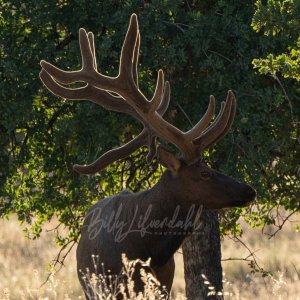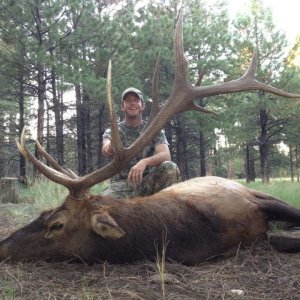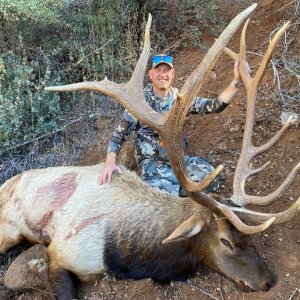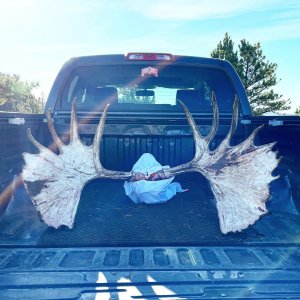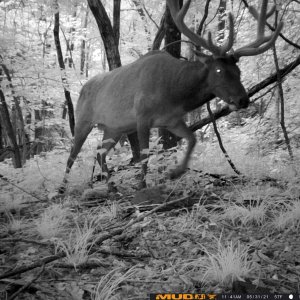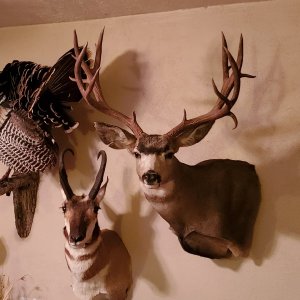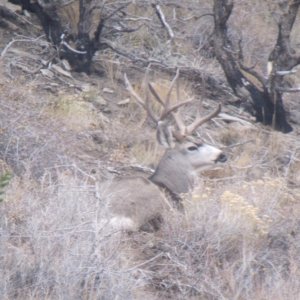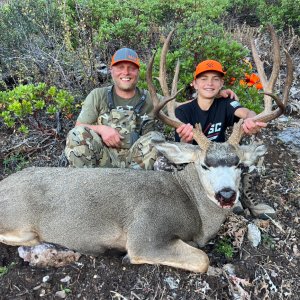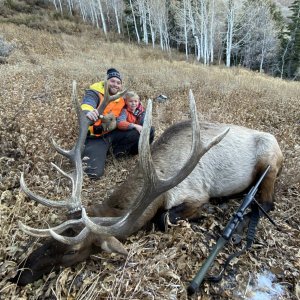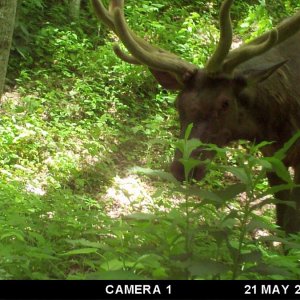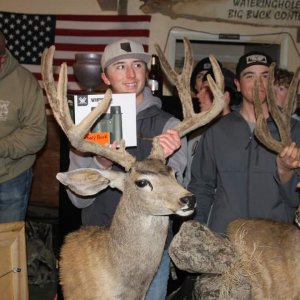threelemon,
Since the season is upon you, your time to learn to call and practice before season obviously is gone. My suggestion is to get a push button call for now. Hunt with it and get a slate call and a box call to practice with for future hunts. You were given good advice above about finding turkey sounds and listening to them. For now, keep it simple. Learn the "yelp". With the push button call, you don't have to worry about making the right sound. It does it for you. Work on the tempo of your yelping. Imitate the rhythm of the sounds you find in your search.
After the turkeys have left the roost in the morning and moved off and you are wondering how to find turkeys, a good technique, sometimes known as "cut and running", is worth trying. Basically, you call in an area for ten to twenty minutes and move on if you don't get a response.
To cut and run, a good rule of thumb would be to give three to five yelps, wait ten seconds and repeat, then listen for a minute and then do it again. If you don't get a response after four or five yelping sessions, wait ten minutes and try again, or move a couple hundred yards and try it all over again. If you get a response, respond back with a few yelps to let him know you heard him, then be quiet. As pointed out above, he will be expecting you to come to him so you need to make him wonder why that hen didn't come to him and get curious enough to come try to find you. If you call everytime he gobbles, he will hold his position and wait for you to come to him. But, don't completely go silent and never respond to him or he may lose interest and leave. If his gobbles don't seem to be getting any closer, then you can be sure he has set up in a strutting area and is waiting on you. All you can do is keep trying to make him curious enough to come to you (until you have had a chance to learn more aggressive calling techniques.)
Of course, if he has hens, he won't come no matter what you do, but in that case you can try to entice the hens curiosity and get them to come check you out and bring the tom with them. He will be bringing up the rear. Generally, when calling to hens, aggressive calling works well. When she calls, call right back with for or five loud yelps. It wont't hurt to be so aggressive as to cut her off in the middle of her call, making her mad and wanting to come kick your butt. And where the hens go, so goes the tom.
In the evenings, say three hours before dark, move to the roosting area and set up and wait for the birds to come to you. Do not set up at the roost or you may ruin the roost for awhile. Instead, try to figure out where the birds might be coming from and set up three hundred yards or more away from the roost. Every ten minutes or so, give four or five yelps to see if any birds are approaching and to let them know you are already there. If you hear one, call softly and sparingly. There is a real good chance the birds will ease over to you on the way to the roost.
It isn't uncommon for the birds to come in quietly so you need to be alert or one may slip in and see you before you see him. If you don't connect with the turkeys, then, stay till dark, listening for gobbles and try to identify where they are so the next morning you can go set up near the roost and hunt as described in an earlier reply. If you don't hear any gobbles, take a crow call and cut loose with it, before it gets pitch dark, cawing loudly three or for times then listen for a gobble. Keep the crow calling short or you may miss his gobble while you are cawing.
Movement on your part is your number one enemy when hunting turkeys. Their eyesight is legendary. Camo up from head to toe, covering your face and hands, too. When you call, be in a position to set up right then because sometimes they are real close or come running and you may find yourself scrambling for a place to hide while he comes in and sees you moving around. Once you are set up and calling, have your gun up in a ready position so all you have to do is make minor movements to put your sights on the bird when he shows himself.
As stated earlier, #6 or #4 shot will do an excellent job and keep your shots under 40 yards. Twenty to thirty is better. Don't aim at his body or he will keep on tuckin after you shoot. Try to catch him with his head in an alert "held up high" position and put the bead of your gun on the spot of his neck where the feathers quit and the ugly skin begins.
There's a whole lot more to turkey hunting than this, but the fun comes from chasing them and learning all these things. Anyway, this might help get you pointed in the right direction and let you feel like you are doing something for a reason and why. Good luck!

